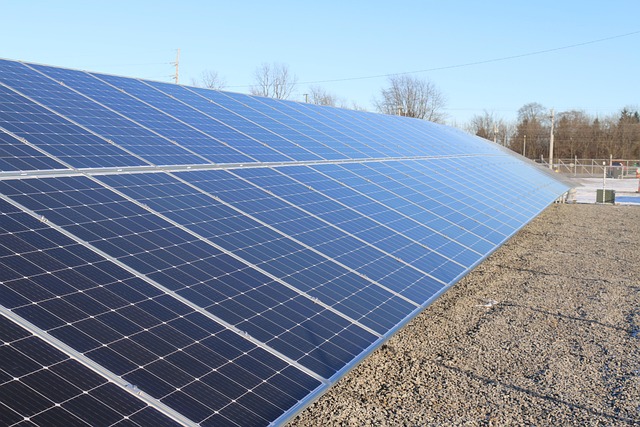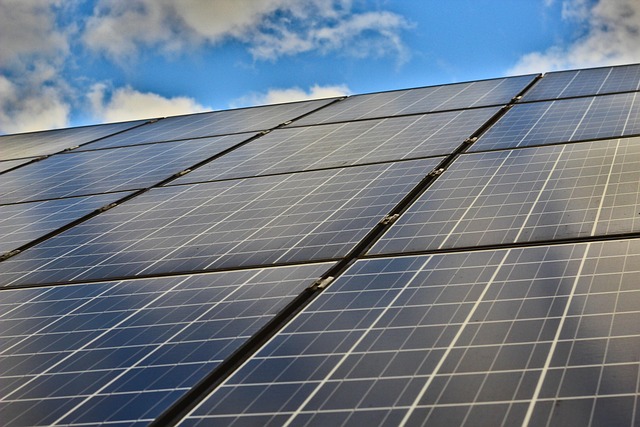The Intersection of Technology and Green Energy: A Bright Future
As climate change intensifies and the negative impacts of fossil fuel dependence become ever more apparent, the demand for sustainability and cleaner alternatives has never been greater. The good news is that we stand at a unique intersection of technology and green energy—a junction that showcases innovative solutions to age-old energy dilemmas. This article explores how various technological advancements are driving the green energy revolution, ultimately contributing to a brighter, more sustainable future for our planet.
The Evolution of Green Energy Technologies
Green energy, often synonymous with renewable energy, includes sources such as solar, wind, hydro, geothermal, and biomass. Over the past few decades, significant advancements in these technologies have made them more viable, efficient, and affordable than ever before. The integration of cutting-edge technology has propelled these energy sources into the mainstream, generating optimism about their potential to replace traditional fossil fuels.
The development of solar energy technology, for example, has witnessed an extraordinary transformation. Solar panels have become more efficient, cost-effective, and easier to install. Innovations such as bifacial solar panels, which capture sunlight on both sides, and thin-film panels that are lightweight and flexible, showcase how technological advancements are enhancing solar energy’s potential.
Energy Storage Solutions
To fully harness the power of renewable energy, efficient energy storage solutions are essential. Traditional fossil fuels provide a consistent energy output, while renewable sources can be intermittent due to varying weather conditions. Innovations in battery technology, including lithium-ion and solid-state batteries, have come to the forefront. These technologies are not only increasing energy storage capacity but also improving the speed of energy discharge, making renewable energy sources more reliable.
Companies like Tesla are leading the way with large-scale energy storage solutions, such as the Powerwall and Powerpack. These systems allow homeowners and businesses to store excess energy generated from solar panels during sunny periods for use during peak hours or on cloudy days. Moreover, advancements in research regarding flow batteries and other energy storage systems hold promise for even greater scalability and longevity.
Smart Grids and Energy Management Systems
Connectivity and data technology play a star role in optimizing electricity distribution. The implementation of smart grids allows for real-time data collection and analysis regarding energy consumption and generation. Smart grids improve the efficiency of power distribution by enabling utility companies to balance supply and demand dynamically.
Moreover, energy management systems (EMS) are increasingly being integrated into homes and businesses, allowing users to monitor and control their energy usage. These systems leverage IoT (Internet of Things) technologies to allow for automation and optimal performance. By analyzing user behavior, these systems can optimize the consumption of renewable energy and reduce reliance on external power sources.
Electric Vehicles and Sustainable Transportation
The transportation sector is one of the primary sources of carbon emissions, necessitating a shift towards sustainable alternatives. Electric vehicles (EVs) are a key player at this intersection of technology and green energy. The advancements in battery technology are directly influencing the viability of EVs, making them more affordable and efficient.
Furthermore, the development of charging infrastructure and smart charging solutions enables a seamless transition from gasoline-dependent vehicles to electric alternatives. For instance, vehicle-to-grid (V2G) technology allows EVs to interact with the grid, providing energy back during peak demand times. This not only enhances grid stability but also creates additional revenue streams for EV owners.
Carbon Capture Technology
Carbon capture, utilization, and storage (CCUS) technologies play a vital role in mitigating the effects of fossil fuel consumption. New technologies are being developed to capture carbon dioxide emissions from power plants and industrial processes, preventing them from entering the atmosphere. Moreover, the captured carbon can be utilized in various applications, such as manufacturing building materials or enhancing oil recovery.
This innovative approach allows us to leverage existing fossil-fuel infrastructure while reducing greenhouse gas emissions significantly. As research and investment in CCUS technology continue, we may be able to transition more smoothly towards a sustainable future without jeopardizing current energy systems.
Government Policies and Incentives
Government policies and incentives are essential for catalyzing the intersection of technology and green energy. Many countries are implementing frameworks to encourage the adoption of clean energy technologies. Tax credits, subsidies, and grants for renewable energy projects, along with increased funding for research and development, are helping to stimulate innovation in the green energy space.
International agreements, such as the Paris Accord, also play a critical role in uniting nations around common climate goals. As governments set ambitious emissions reduction targets, the pressure to innovate within the green energy sector escalates, fostering a collaborative atmosphere for technological advancements.
Challenges and Future Outlook
Despite the multitude of advancements in green energy technologies, challenges remain. Initial capital expenditure for renewable energy projects can be high, often deterring investment. Additionally, integrating renewable energy sources into existing energy grids can be complex, requiring careful planning and execution.
Moreover, the “not-in-my-backyard” phenomenon can pose regulatory hurdles for new projects, from wind and solar farms to battery storage facilities. Balancing the need for sustainable energy production with local community interests is crucial for ensuring the widespread adoption of green energy technologies.
Nevertheless, the future appears bright. As economies of scale drive down costs, technological collaboration fosters innovation, and burgeoning awareness heightens public demand for clean energy, we are on the cusp of a significant shift in how we power our world. The intersection of technology and green energy is not merely a trend; it represents an urgent and essential evolution toward a sustainable lifestyle.
Conclusion
The fusion of technology and green energy represents our best chance for addressing the challenges posed by climate change and environmental degradation. Through continuous innovation, public policy support, and collaborative efforts across industries, we can create a cleaner, greener future that prioritizes sustainability while also meeting the world’s growing energy demands.
The bright future we envision rests upon the promises of technological advancements and our collective commitment to harnessing renewable resources, steering us towards a world where clean energy is accessible, efficient, and dominant.



